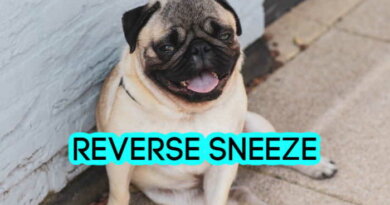Influencer Dies Seeking Treatment for Underarm Sweating
July 29, 2021 — Odalis Santos Mena, a 23-year-old social media influencer, athlete, bodybuilder, and fitness competitor, recently died of cardiac arrest while seeking treatment for underarm sweating.
The condition, called underarm hyperhidrosis, was being treated at a “wellness center” in Mexico. Mena was to have a miraDry treatment, which, while expensive, is a known to be a safe and effective procedure.
“Ideally, what you’re doing is you’re heating up the sweat glands and the underarms and destroying them,” says Adam Friedman, MD, a professor and chair of dermatology at the George Washington University School of Medicine and Health Sciences. “So, in essence, you’re removing the source of the problem, which are the current sweat glands.”
Mena’s death has been linked to anesthesia that was given by someone who wasn’t a trained anesthetist, and a drug reaction between that anesthesia and medications and supplements she was using, according to the International Hyperhidrosis Society.
MiraDry is an FDA-cleared, handheld medical device. It’s used as a nonsurgical underarm procedure that’s supposed to be performed with local anesthesia, usually involving only numbing the armpit area, not “general” or “full” anesthesia that puts a person in a sleep-like, unconscious state. MiraDry is designed for use only by a trained, licensed medical professional.
In Mena’s case, it is not the treatment that was the problem, it was the apparent lack of communication between practitioner and patient.
“I think the intake is certainly important, so someone who is well-versed in how to do that and also is thinking broadly about everything you need to know about the person before administering anesthesia is really important,” Friedman says. “I don’t know exactly where the drop in communication occurred, but this should not have happened.”
There are many types of anesthesia and, when used properly, they are considered safe. Anesthesiologist Christopher Troianos, MD, told the Cleveland Clinic that anesthesia is safer now because of advances in medicine and technology.
“In the 1960s and 1970s, it wasn’t uncommon to have a death related to anesthesia in every 1 in 10,000 or 20,000 patients,” he said. “Now it’s more like 1 in every 200,000 patients — it’s very rare.”



